What is Chives Herb & Its Addictive Scents
Chives, the fragrant grass-like leaves, are related to garlic, onions, shallots and leeks, but their subtlety is unique. It’s one of those herbs that works well in all kinds of cuisines.
Chives are special for other reasons — they’re native to both the Old and New worlds. You’ll find them growing in Europe, Asia and North America. They’re a worldwide phenomenon!
The green chives are instantly recognizable, and luckily easy to find. They’re easy to use, too, both for its ornamental properties and addictive scents. Here’s all you need to know about what is chives Herb.
What are Chives?
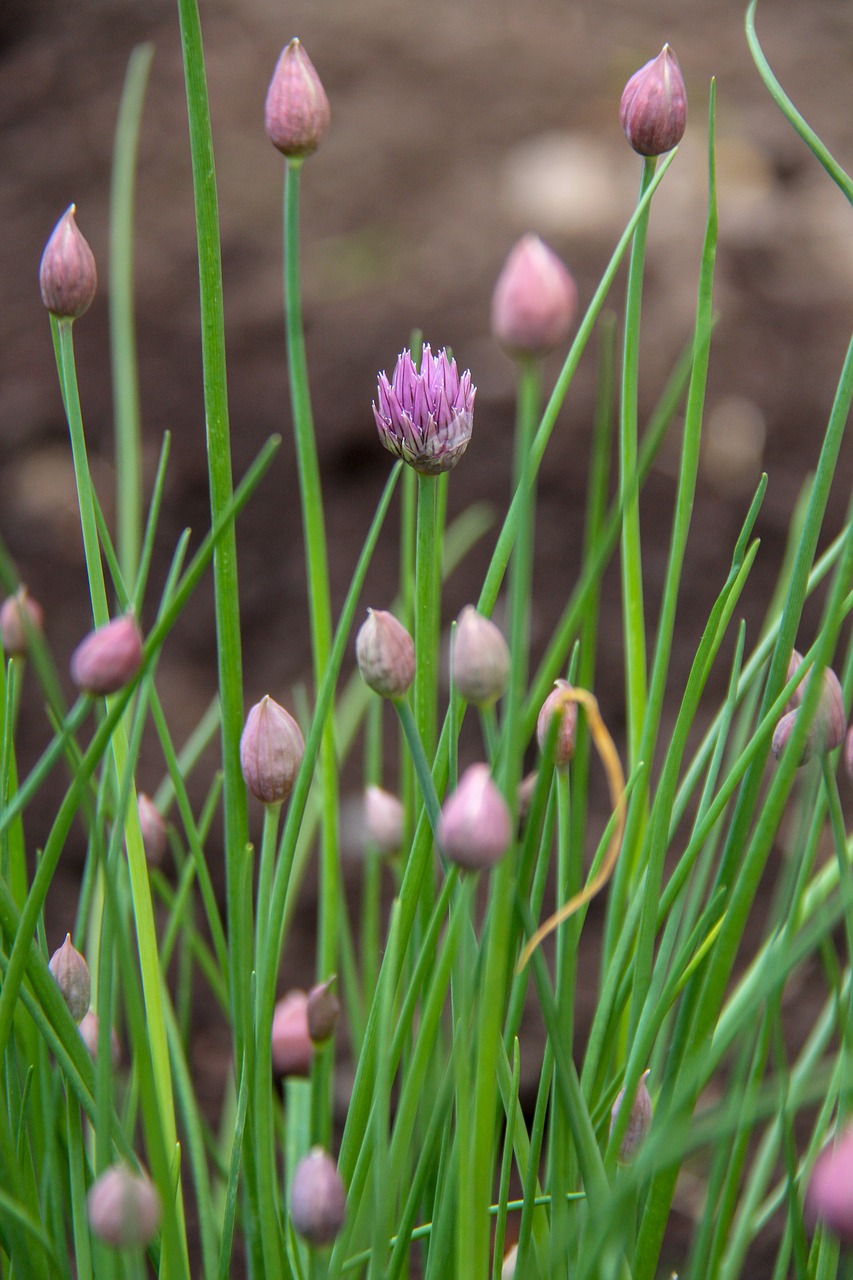
Chives, Allium schoenoprasum, the thin, bright-green stems reminiscent of garlic and onion are among the most amusing ingredients you can add to your cooking repertoire. This herbaceous perennial plant grows thin to 30–50 cm (12–20 in) tall, and the slender stems might be hollow, but they’re packed with delicious aromas and flavors.
The herb is loved for its onion-like flavors, and they have a tender, delicate texture. Available all year round, you’ll find the freshest chives in spring, when you can even find them with their delicate flowers still attached. The next time you visit your farmers market, get some chives; you won’t regret it.
The Chives Market
What is chives herb? Well, it’s one of the most widely used herbs as a food garnish. They’re just pretty like that, but they add more than good looks to all sorts of preparations; they add enticing flavor and aroma as well.
China is the leading chive producer in the world with an export value of almost 90 million. Interestingly, even though China, Japan and other Asian countries are large consumers, the herb is cherished madly in the Netherlands, Belgium, Spain, France and Germany. Chives are so effortless to use that it’s easy to see why the herb is so popular.
Chives Nutritional Value

Chives are not only super tasty, but they’re also quite nutritious. One hundred grams of chopped chives or about 3.5 ounces, add 4.35g carbs to your diet, 1.85g of sugar, 0.5g of dietary fiber, around 1g of healthy fat and 3g of protein.
In the vitamin department is where chives shine the most. They’ll add 27% of the vitamin A you need for the day and an astonishing 203% of vitamin K. Chives also have adequate amounts of vitamin B and C.
To further complement your nutritional needs, a fistful of chives will add iron, magnesium, manganese, calcium, phosphorus, potassium and zinc to your diet. That’s a lot of nutrients, literally from A to Z.
Chives Health Benefits
There’s exciting news for our health-conscious readers.
As part of the Allium family, chives are linked to reduced cancer risk, including breast and gastrointestinal cancers.
Chives contain a compound called carotenoids, which are fantastic for eye health. Eating them regularly can improve your eyesight. Carotenoids are also the key to have radiant skin!
Allicin in chives is a potent anti-inflammatory, which can aid against hypertension, joint pain, and even heart disease.
Chives aid digestion. They have antibacterial properties and can promote healthy gut bacteria.
The exorbitant amounts of vitamin K in chives play a role in bone metabolism, blood clotting, and regulating blood calcium levels. Other super foods like kale are high in vitamin K as well.
How to Cook With Chives
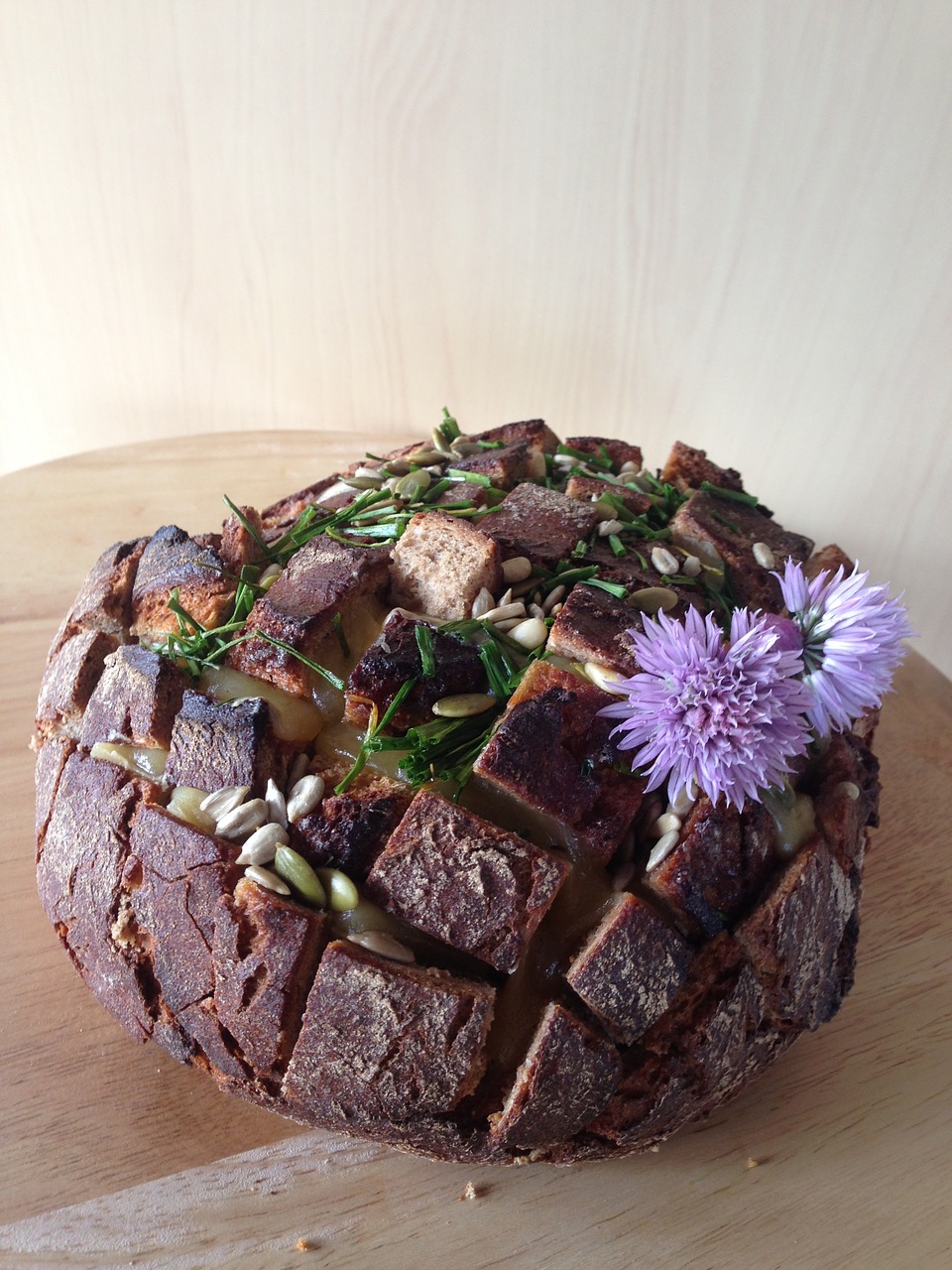
Chives are often used raw as a garnish, finely chopped and sprinkled over food. But they can also be added to stews and broths, stir-fries and any other concoction that could benefit from a little garlicky flavor.
Chives recipes abound. You’ll find them at the breakfast table in omelets and as crucial elements in lunch salads. Try sprinkling them over mashed potatoes or over roasted chicken to get the most of the herb during dinner.
Keep in mind that there are more than one type of chives. The real chives or onion chives are hollow, while the Chinese chives, also called garlic chives, are more pungent and have flat leaves.
Chives Why Not Use Them Daily?
Along with tarragon, chervil and parsley. Chives are considered a fine herb, and no other condiment can compete with its savory aromatics.
It’s time to start decorating your dishes with chives. The oldest trick in the book at fine restaurants can be an ace up your sleeve in your home cooking.
Pretty, inexpensive, versatile and always available. What more can you ask from a herb? We have compiled a curated herbs shopping list.
Highly Rated – Social Media Chatter on Chives Herb
부추는 구매 후 그대로 보관을 하면 공기가 통하지 않아 습기가 생겨 쉽게 무르게 됩니다. 수분함량이 90% 이상으로 이루어진 부추는 수확 후 활발한 대사 작용으로 품질변화가 커서 단기간에 부패가 쉽게 될 수 있어요
.
영양소의 90%를 버리고 있어요.녹황색 채소중에서도 영양 면에서 최고를 자랑하는 부추는 뿌리와 잎끝에 들어 있는 영양소가 서로 다릅니다.
.
무르지 않고 부추를 보관하는 방법과 영양소 100% 섭취하는 방법 알려드릴게요!!
.
자세한 내용은 영상 참고해주세요.
.
▶ 영상이 도움이 되셨다면 팔로우, 좋아요 부탁드려요.
.
☞ 유튜브 "백년밥상" 오시면 식재료 손질·보관법만 보실 수 있습니다.You can watch how to keep ingredient when you visit to 100bsTV in YOUTUBE.(English subtitles availible)
.
.
▶ 혹시라도 잘못된 정보나 궁금하신 사항이 있으시면 댓글 남겨주세요!!
.
#부추 #부추보관법 #부추보관 #chives #꿀팁 #FoodPreserving
Spotted gentian (Gentiana punctata).
#spotted #gentian #gentiana #gentiana punctata #chives #gentianaceae #flora #botany #wildflowers #flowers #naturephotography #beautiful #alpineplants #alpine #austria #tirol #ischgl
#alps #alpineflowers #mountains
Nature Invasion 🌿🌼💚 SWIPE LEFT 🌿🌼💚 Emboldened by the interest generated by yesterday’s post about plants that prolifically, albeit romantically, self-seed I thought I’d go one step further today 🌿🌼💚 This is the terrace of an iconic garden that we had the pleasure of visiting last week 🌿🌼💚 Not only has that beautiful stone terrace been gently commandeered by Alchemilla (another prolific self-seeder) but those steamer chairs have been positively invaded with lichen 🌿🌼💚 In fact I wonder if those chairs have actually seen a bottom in 20 years 😆🌿🌼💚
.
#selfseeded #alchemilla #chives #steamerchairs #yorkstone #naturelover #stonepaving #gardendesign #stoneterrace #nature #naturelovers #countrygarden #naturalgardening #alchemillamollis #naturalgarden #countrystyle #englishcountrygarden #romantic #romanticgarden #dreamgarden #countryhouse #countrygardenstyle #flowers #flowersofinstagram #plantoftheday #sundayvibes #happyfathersday #takeaseat
Sources:
- https://www.medicalnewstoday.com/articles/275009
- https://en.wikipedia.org/wiki/Chives
- www.escoffieronline.com/the-difference-between-chives-scallions-and-green-onions/
- https://www.thespruceeats.com/what-are-chives-995617
- https://www.tridge.com/products/garlic-chive/import

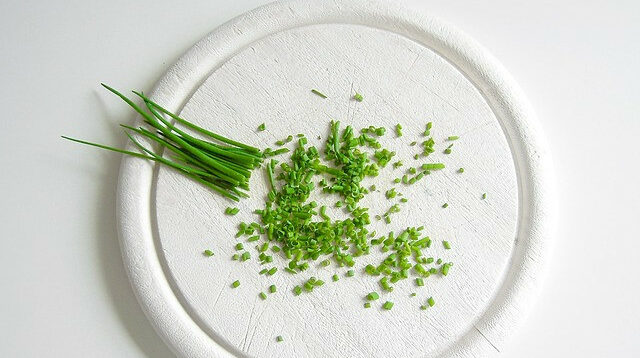


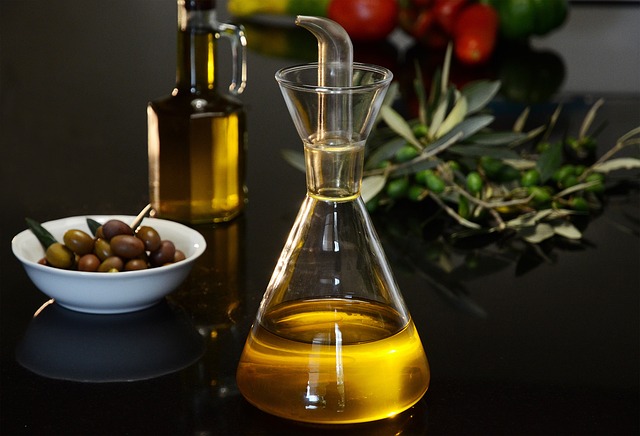
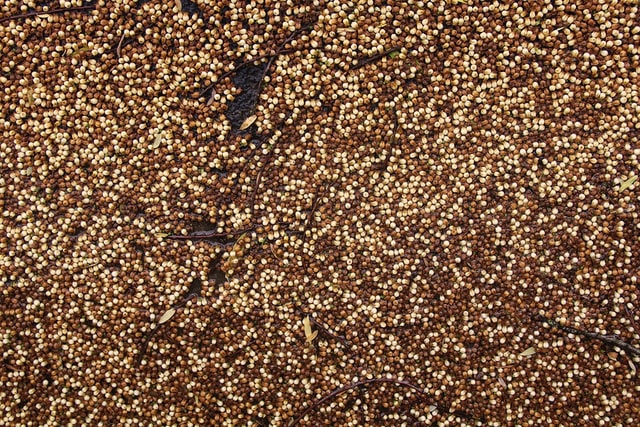
I do like Chives but don’t use them that often though clearly I should be. I had no idea they had so many wonderful properties and are so good for you.
As I grow them in the garden so I will make more of an effort to use Chives regularly now after reading this.
Thank you for a very interesting and informative post, I enjoyed learning more about this tasty herb and it has inspired me to make more use of it in my cooking.
Thanks Linda
Wow. What an interesting read of an article. I can certainly say that I have learned more just from reading this and I have something to talk about at parties hehe. I’m an absolute nutrition nerd and it;s articles like these that really give me insight in what I love to learn about. I’ve heard somewhere that chives herb can be used for wounds. Is that real? or just bs?
thank you Misael
What an awesome little post. Really enjoyed reading this. I wasn’t aware that chives have so many medical or health benefits. It’s actually something that I really like to have as a fresh garnish. Now knowing that there are some pretty neat health benefits to it as well. I will probably enjoy it on a more regular basis.
Thank you
Rob
Thanks Rob